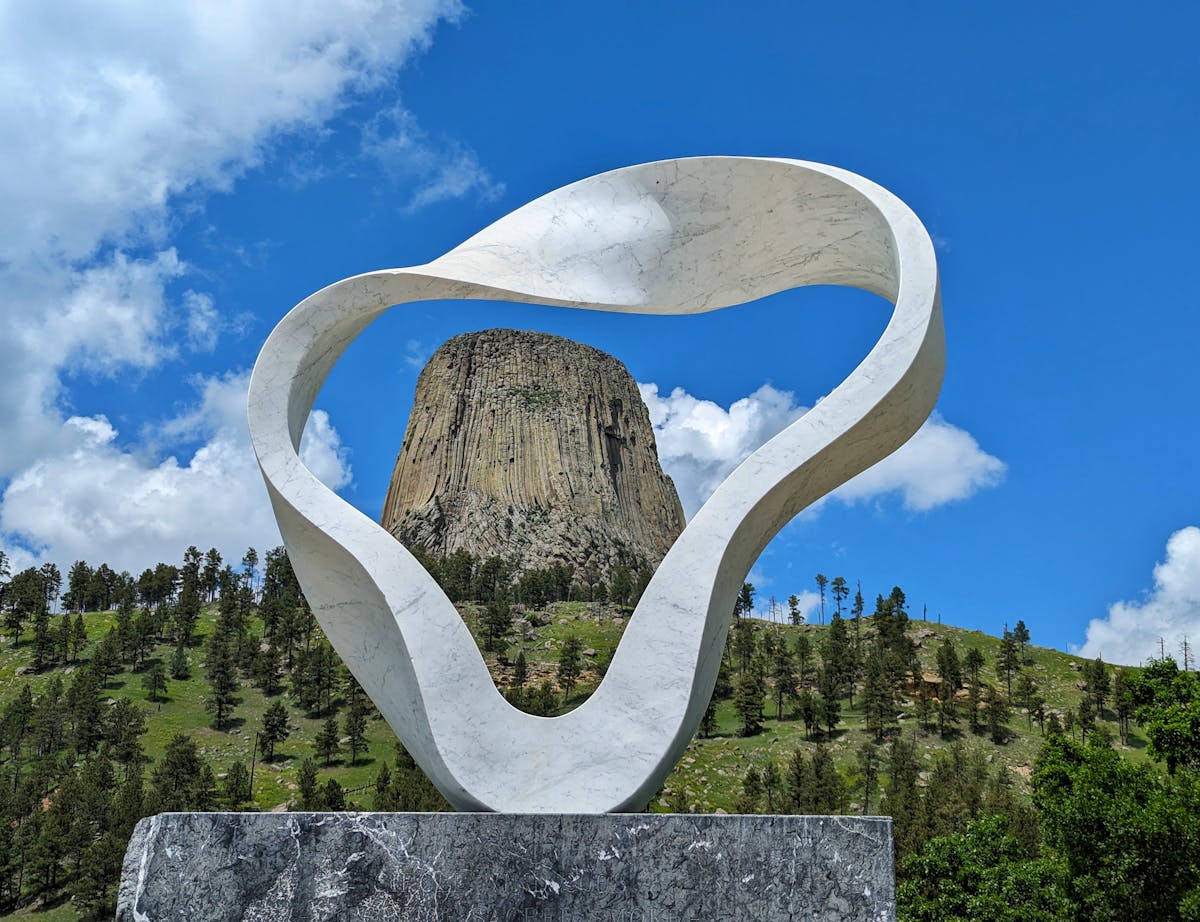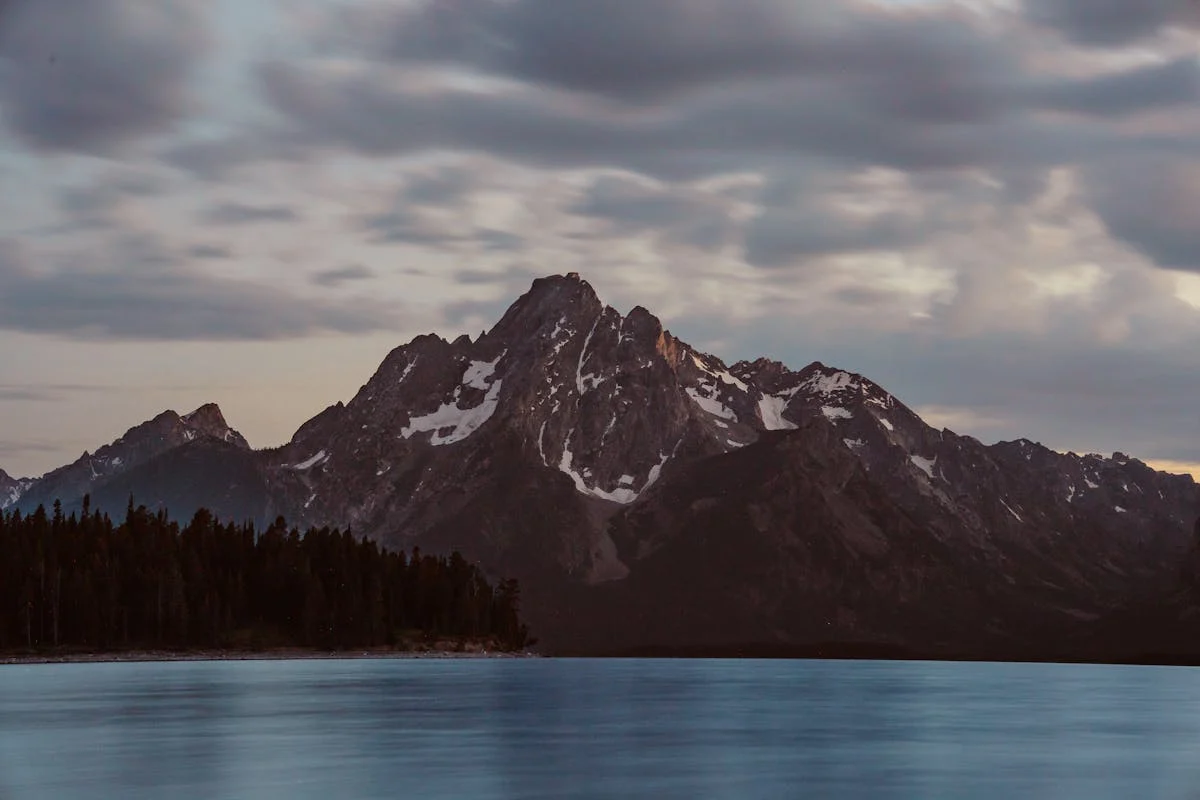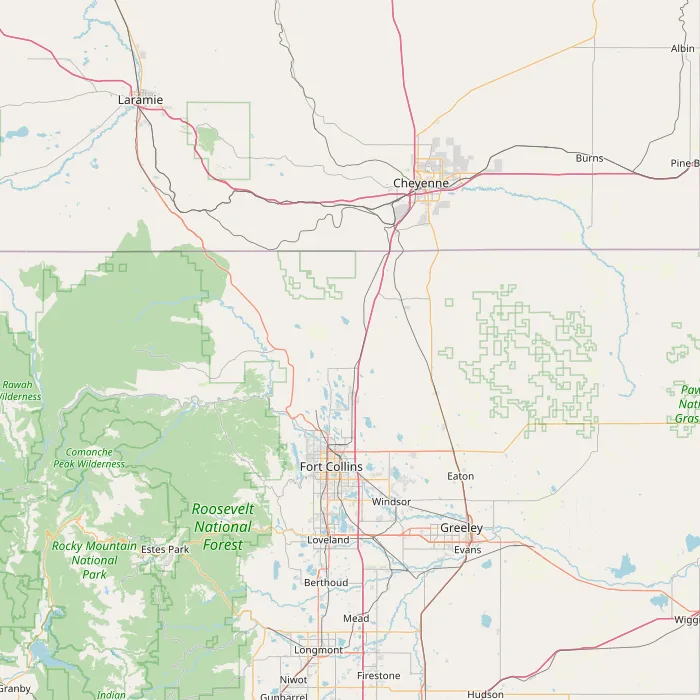Welcome, fellow explorers! As someone who’s journeyed across diverse landscapes and delved into the heart of countless cultures, I’ve learned that climate is more than just weather; it’s a fundamental thread woven into the fabric of a place’s identity. It dictates the rhythm of life, the types of activities possible, and even the historical narratives. Today, we’re focusing on the distinct Cheyenne Wy Climate, unpacking what makes it unique and how it shapes the experiences awaiting visitors in Wyoming’s capital city.
Cheyenne, Wyoming, sits proudly on the high plains, an elevation that significantly influences its weather patterns. Understanding the Cheyenne Wy Climate is crucial for planning your visit, whether you’re coming for the legendary Frontier Days, exploring the historic downtown, or venturing into the surrounding natural beauty. This isn’t a place with subtle shifts; Cheyenne offers a dynamic climate profile that promises varied experiences throughout the year, often with rapid changes.
The Seasons of Cheyenne: A Climate Overview
The Cheyenne Wy Climate presents four distinct seasons, each with its own character and set of possibilities for adventure. While weather can be unpredictable, especially in the high plains, understanding the general patterns helps immensely in preparing for your trip and making the most of your time here. From sunny summer days perfect for rodeo action to crisp winter air ideal for exploring snow-dusted landscapes, Cheyenne’s climate invites preparedness and flexibility.

Cheyenne’s position in the western United States means it experiences continental weather patterns, characterized by significant temperature variations between seasons and often within a single day. The relatively low humidity typical of the high plains also plays a role, making extreme temperatures feel slightly more manageable than in more humid climates. Let’s take a closer look at what each season typically holds.
Spring in Cheyenne: A Season of Transition
Spring in the Cheyenne Wy Climate is a time of significant transition. As winter’s grip loosens, temperatures begin to rise, but cold snaps and even late-season snowfalls are not uncommon. March and April can be quite variable, with days ranging from mild and sunny to cold and blustery. May generally sees more consistent warming, with blooming wildflowers beginning to dot the landscape around the city.

This season is perfect for those who enjoy slightly cooler weather and fewer crowds before the summer rush. Hiking trails around Curt Gowdy State Park or Vedauwoo Recreation Area start becoming accessible, though checking conditions is always wise. Birdwatching becomes popular as migratory birds return. Packing layers is absolutely essential for a spring visit, as morning temperatures can be quite cool, warming significantly by the afternoon, only to cool down rapidly after sunset.
Summer in Cheyenne: Sunshine and Celebrations
Summer is arguably the most popular time to experience the Cheyenne Wy Climate. The city comes alive, most famously during the Cheyenne Frontier Days, often dubbed the “Daddy of ’em All.” July and August bring the warmest temperatures, with average highs typically in the upper 70s to low 80s Fahrenheit (25-28°C). However, heat waves pushing temperatures into the 90s or even 100s (32°C+) are possible, though less frequent than in lower-elevation areas.
Evenings in Cheyenne are usually pleasant and cool, a welcome relief after a warm day. Thunderstorms are common in the afternoons during summer, often brief but intense, bringing welcome moisture and dramatic skies. These storms usually pass quickly, leaving clear evenings. Summer is prime time for outdoor activities: exploring the Cheyenne Botanic Gardens, fishing in nearby reservoirs, horseback riding, and attending various outdoor concerts and events. Remember to stay hydrated and use sun protection, as the high elevation means the sun’s rays are stronger.
Fun Things to Do in Kissimmee Florida
Where To Go In Waikiki – Your Ultimate Guide to Hawaii’s Iconic Beachfront
The Best Things to Do in Naples – Your Ultimate Italian Experience
 Map showing Cheyenne Wyoming area and weather stations relevant to Cheyenne Wy Climate data collection
Map showing Cheyenne Wyoming area and weather stations relevant to Cheyenne Wy Climate data collection
Fall in Cheyenne: Crisp Air and Changing Colors
Fall brings a delightful change to the Cheyenne Wy Climate. September often feels like an extension of summer, with warm, sunny days. As October arrives, temperatures cool noticeably, and the landscape transitions from green to beautiful autumnal hues, particularly in the higher elevations west of the city. Frost becomes common in the mornings, and the first snowfalls of the season typically occur in October or November.
This is a fantastic time for scenic drives, photography, and enjoying the crisp air. Hiking remains popular until snow covers the trails. The clear fall skies offer incredible opportunities for stargazing away from city lights. Layers are, once again, key, as daytime highs can be comfortable while nights drop significantly. Fall in Cheyenne offers a quieter, more reflective experience before the deep cold of winter sets in.
Winter in Cheyenne: Cold, Snow, and Big Skies
Winter is a defining feature of the Cheyenne Wy Climate. December, January, and February are the coldest months, with average high temperatures often below freezing (0°C). Lows frequently drop well into the single digits or below zero Fahrenheit (-18°C+). Snowfall is common, though it can vary significantly from year to year. Chinook winds, warm, dry downslope winds, can occasionally cause rapid temperature increases, melting snow quickly before the cold returns.
Despite the cold, winter in Cheyenne offers its own charm. The high plains can be starkly beautiful under a blanket of snow, and the bright winter sun against a clear blue sky is a common sight. Winter sports like cross-country skiing and snowshoeing are popular in nearby areas. Indoor attractions like the Wyoming State Museum, Cheyenne Depot Museum, and local breweries provide warmth and entertainment. If visiting in winter, be prepared for cold temperatures, icy conditions, and potential road closures due to snow or wind. Warm, windproof clothing is essential.
Factors Influencing Cheyenne’s Climate
Several geographical factors contribute to the unique Cheyenne Wy Climate:
- Elevation: At over 6,000 feet (around 1,850 meters), Cheyenne’s high elevation results in thinner air, which leads to greater diurnal temperature variation (larger difference between daytime highs and nighttime lows) and more intense solar radiation.
- Location: Situated on the high plains just east of the Rocky Mountains, Cheyenne is exposed to prevailing westerly winds. These winds can be strong and often contribute to rapid weather changes. The proximity to the mountains also influences precipitation patterns, with the mountains often receiving more snow than the city itself.
- Aridity: Wyoming, in general, is a relatively dry state. Cheyenne’s semi-arid climate means less humidity compared to many other regions, which affects how temperatures feel and influences the type of precipitation (often dry, powdery snow in winter).
Understanding these factors helps explain why Cheyenne’s weather can be so dynamic and why preparedness is always advised, regardless of the season.
Preparing for the Cheyenne Wy Climate
No matter when you plan to visit, being prepared for the Cheyenne Wy Climate is essential for a comfortable and enjoyable trip. Here are a few tips:
- Pack Layers: This is the most crucial advice for Cheyenne. Temperatures can fluctuate dramatically within a day or between consecutive days.
- Check Forecasts Frequently: Cheyenne’s weather can change rapidly. Stay updated on the latest forecasts before and during your trip.
- Hydration and Sun Protection: Due to the high elevation and often dry air, dehydration is a risk. Drink plenty of water. The sun is also intense, so wear sunscreen and a hat, even on cloudy days.
- Wind: Cheyenne is known for being windy. Bring a windproof jacket, especially during the cooler months.
- Winter Driving: If visiting in winter, be aware of potential road conditions. Snow, ice, and wind can make driving challenging. Check road reports before traveling.
Embracing the variability of the Cheyenne Wy Climate is part of the adventure. Each season offers unique perspectives and activities, inviting visitors to experience the authentic spirit of Wyoming.
Frequently Asked Questions about Cheyenne’s Climate
Here are some common questions visitors have about the Cheyenne Wy Climate:
What is the best time of year to visit Cheyenne based on climate?
This depends entirely on your interests! Summer (June-August) offers the warmest weather and popular events like Frontier Days. Fall (September-October) has crisp air and fewer crowds. Spring (April-May) is variable but sees the landscape greening up. Winter (December-February) is cold and snowy, ideal for winter sports enthusiasts and those seeking a quiet getaway.
How much snow does Cheyenne get?
Snowfall amounts vary year to year, but Cheyenne typically receives a moderate amount of snow during the winter months. Major snowstorms can occur, sometimes impacting travel. However, snow doesn’t always stay long, especially during warmer periods or with Chinook winds.
Are there strong winds in Cheyenne?
Yes, Cheyenne is known for being windy. Winds can be significant throughout the year, but are often stronger in the spring and winter months. It’s wise to pack a windproof jacket.
What are the temperature extremes in Cheyenne?
Cheyenne experiences a wide range of temperatures throughout the year. Summers can see temperatures occasionally reach 90°F (32°C) or higher, while winter temperatures can drop well below 0°F (-18°C).
Does the high elevation affect visitors?
Some visitors might experience mild effects like shortness of breath initially. Staying hydrated and taking it easy on your first day or two can help you adjust to Cheyenne’s elevation.
Conclusion
The Cheyenne Wy Climate is a powerful force that shapes life and tourism in this historic city. From the sunny, event-filled summers to the crisp, wide-open winters, each season offers a distinct backdrop for exploring Cheyenne’s rich history, vibrant culture, and stunning natural surroundings. Understanding the climate helps you plan wisely, pack appropriately, and ultimately, connect more deeply with the rhythm of this fascinating high-plains city. So, check the forecast, pack your bags, and get ready to experience the ever-changing, always captivating climate of Cheyenne, Wyoming.
